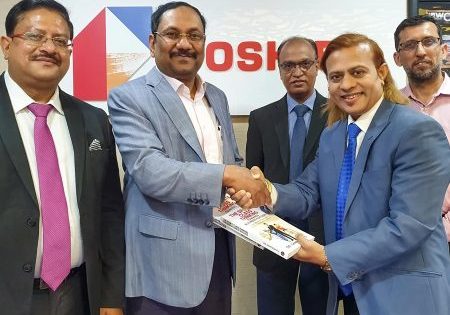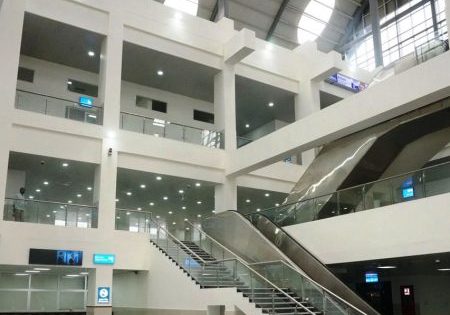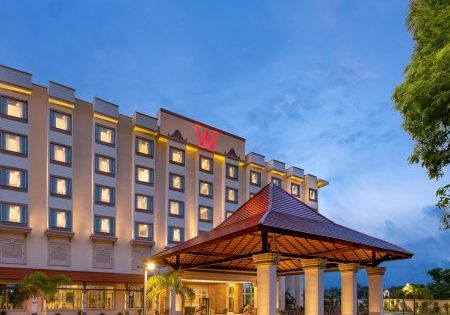Your author says the growing force of female employees takes its place behind a growing VT spread for buildings.
by Dr. Malini Saba
The Government of Delhi’s decision of making metro traveling free for women created a substantial buzz in the country. Expectedly, there were mixed reactions to this suggestion. While the metro is a preferred mode for the daily office commute due to easy access and availability of elevators and escalators for vertical transportation (VT), the pandemic put a stop to any progress pertaining to the said suggestion. However, it did open a Pandora’s box of women-centric infrastructure in urban India.
Urban planning has conventionally been handled by men and for men, since earlier times depicted them as sole breadwinners and the commuters of the roads. However, while the influx of women in the office-going population has increased substantially, urban planning continues to negate the concept of gender inclusivity. Women continue to be at the cusp of danger or within limitations in the form of dependencies on their partners or hired services.
When we talk about improvements in urban planning, it includes real estate, commuting and infrastructure, to name a few. Unfortunately, the already jam-packed cities leave little to no scope for gender inclusive upgrades, or maybe we have been too comfortable for change. Either way, it is time to bring in women-oriented city planning and urbanization.
Why is this approach essential? Simply put, because it is necessary for survival, and women make up a big part of the population. However, if we were to take the longer route, we can break down the “why” in two different categories: influential and third-party impact.
Influential: Women run offices as well as households and have direct impact on the types of homes and office spaces they will buy or rent. They are part of the income-bearing population with purchasing power. They are more likely to influence real estate decisions taken jointly with respect to convenience and safety considerations. Since they are direct taxpayers as well, it is vital to have their perspectives involved when building commercial properties and transportation infrastructure.
Indirect/Third Party Impact: India ranks significantly low on the GGI (Gender Gap Index). Lack of properly planned infrastructure has a role to play in the process as many women, considering family responsibilities and safety, tend to take lower-paying jobs closer to home. Having a streamlined and smooth infrastructure is not only helpful for women, but also impacts the disabled population looking to commute comfortably on a day-to-day basis.
How can infrastructure be more women-friendly? There are more than a few ways urban planning can be made women-centric and feasible for all.
Real estate: Bringing more women into the real estate workforce is a great way to shake the traditional branches and bring specific home and safety-related architecture into the mix. Additionally, there needs to be extra focus on amenities, ergonomic aesthetics that work for all genders, functioning safety exits, and measures in the buildings in case of emergencies, to name a few.
For instance, elevators were once considered a luxury but now are essential, with high rises rapidly becoming the norm. Some low-rise complexes don’t incorporate elevators, whereas others don’t bother to maintain them. Since women multi-task — often combining domestic chores while coming back from work — the lack of reliable VT causes unnecessary daily complications on a daily basis that can be avoided by giving this aspect just a bit more attention.
City infrastructure: Quite often, urban planning has a big role in empowering women to pursue education and a career. This is why there is need to streamline how our cities are planned. Inadequate lighting is one of the biggest issues faced by women commuters. Positioning elevators and escalators in well-lit, high traffic zones is, therefore, also a key factor.
Daily commute: Incorporating the women workforce in the buildup of transportation planning is yet another aspect that can add a personal touch to the conundrum. Since many women commuters rely on public transport for their day-to-day travel, it is important to safeguard these spaces and ensure a greater quantum of VT facilities at multiple access points, as well.
Upscaling commercial and travel spaces by beefing up security and making stringent rules for the protection of solo female travelers is something state governments must address to make their cities safe for women. After all, they too rank as one of the biggest contributors to the tourism sector. In the final analysis, making cities safe for women is not a single-point agenda, but a visionary approach that will make life easy for urban dwellers as a whole.
Get more of Elevator World. Sign up for our free e-newsletter.







